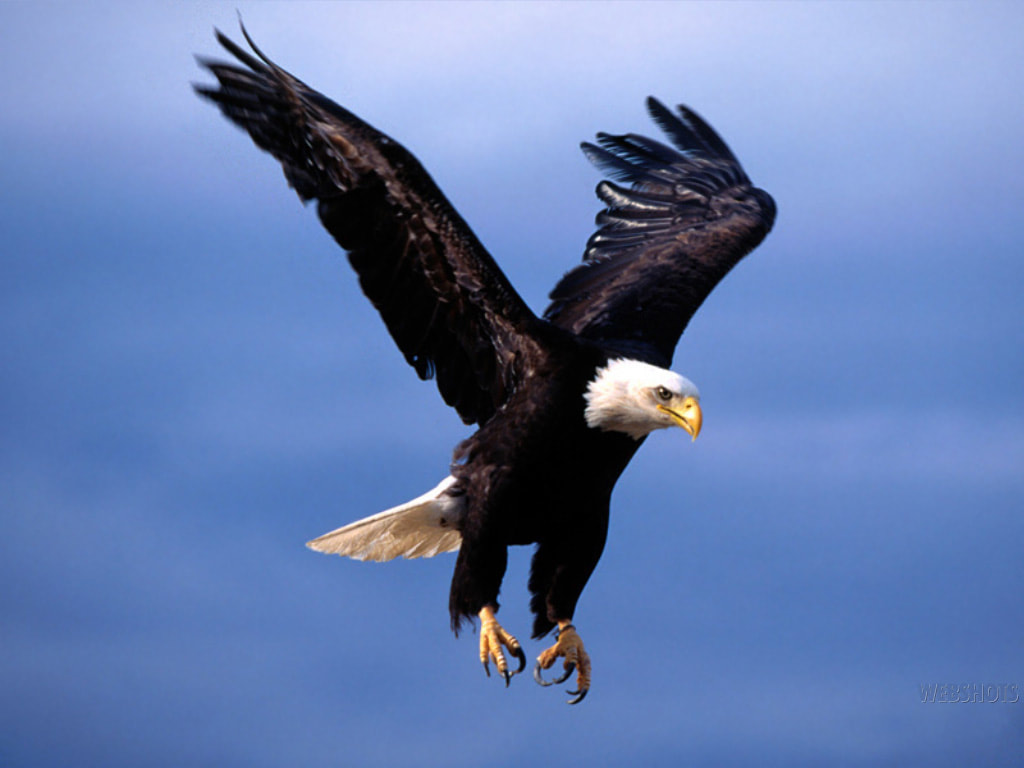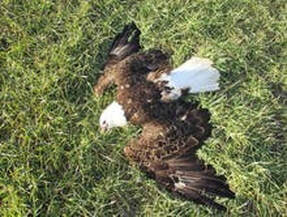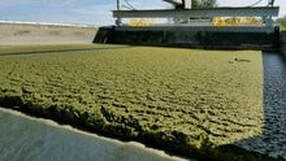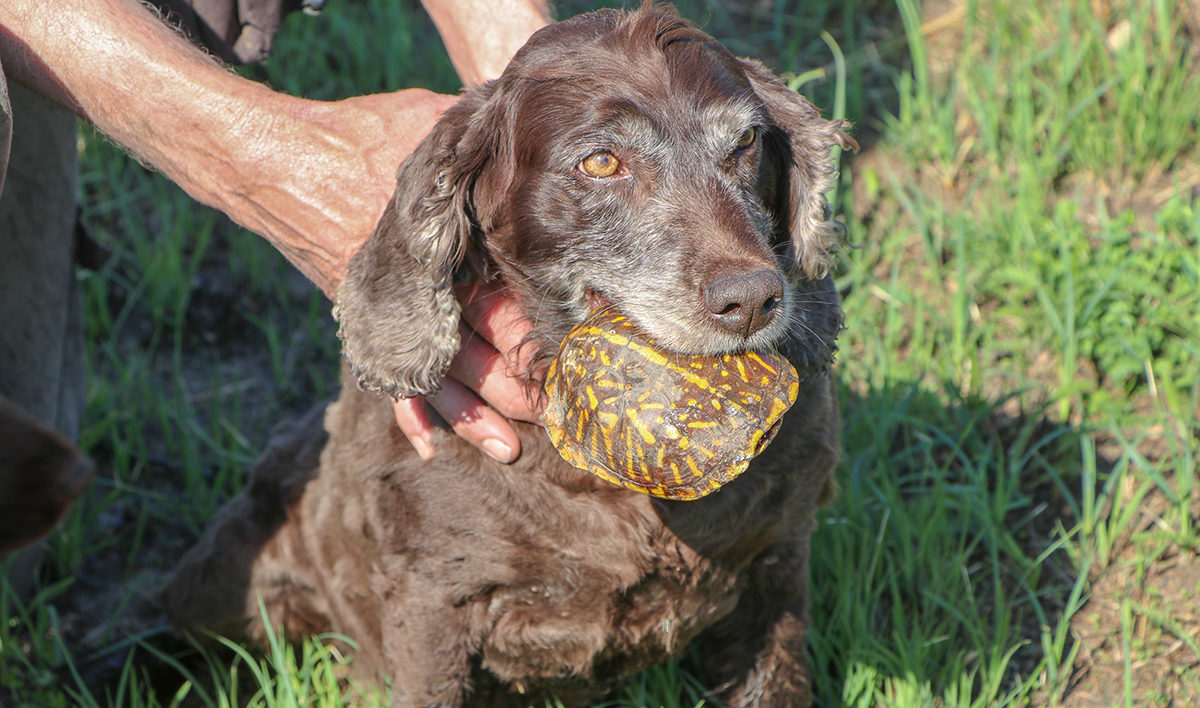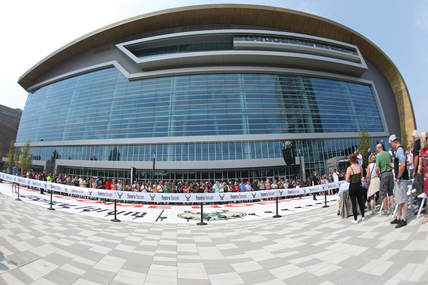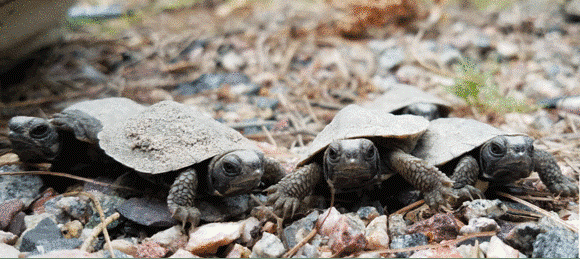Bacteria on Invasive Plant at Georgia Lake Killing Eagles
|
Scientists at the University of Georgia’s Southeastern Cooperative Wildlife Study were puzzled by the deaths to an untold number of American bald eagles and thousands of other water birds over the last 25 years.
Necropsies of affected eagles and coots showed peculiar lesions that made their brains look like sponges. Avian Vacuolar Myelinopathy, or AVM is the cause of death. University of Georgia professor Susan Wilde saw patterns in the numerous deaths. Every lake where eagles were dying of AVM was man-made, and had been heavily invaded by hydrilla. The coots were eating the hydrilla, and the eagles found easy prey in the disabled coots. The aquatic invasive species is providing a home to a new kind of cyanobacteria called Aetokthonos Hydrillicola, or eagle-killer, that produces a lethal toxin. The toxin can cause AVM in more animals than just coots and eagles, including other birds such as mallard ducks, frog tadpoles, herbivorous turtles, and mammals. |
Turning Toxic Algae into Shoes
|
All 50 states and many countries worldwide are struggling with epidemic levels of algae that can prove toxic to people and ecosystems. Explosions of algae can result in domoic acid and microsystin, which are among the algae-produced poisons that kill off wildlife and cause illness in humans.
However, five years ago a surfer and inventor looked at the high protein content of the algae and saw possibility. Algae was collected and a formula developed. The algae sucked from waterways is dried, turned into a powder, then pelletized and turned into flexible bioplastic. The product, called Bloom, is used in 15 outdoor brands ranging from shoes to stand-up paddle boards. The use of the bioplastic could make the shoe business significantly less oil dependent. And the algae filtration process used to harvest the algae is less expensive than dredging to help restore water quality to areas plagued |
"One company thinks
it can solve the global algae crisis by making sneakers from sludge." |
Day of the (Turtle) Dogs
World's First Bird-Friendly Arena
The Milwaukee Bucks have achieved a first with their new arena: Fiserv Forum will be the world’s first bird-friendly sports and entertainment venue, upon completion of the Bucks’ application for LEED Silver® certification.
Turtle Tracking. . .
Wood turtles are a state threatened species and up to 20 hatchlings will be outfitted with transmitters and tracked during their first year as part of a joint turtle conservation research project between the University of Wisconsin-Madison Department of Forest and Wildlife Ecology and DNR’s Natural Heritage Conservation Program.
SEE THE SLIDESHOW
SEE THE SLIDESHOW
